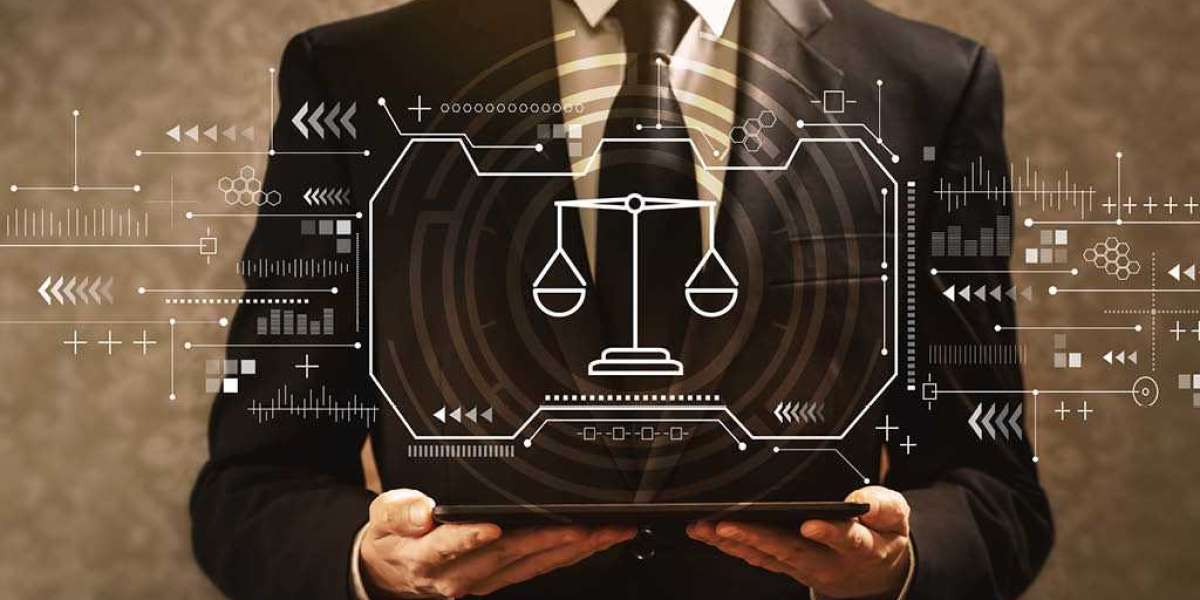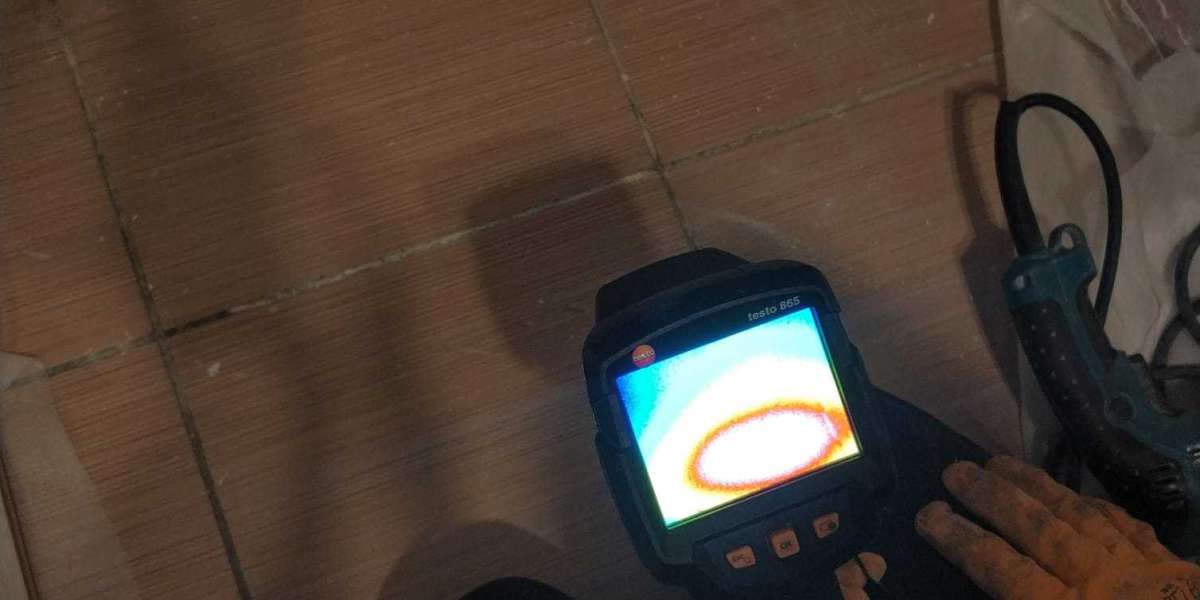In recent years, 3D printing technology has revolutionized the manufacturing industry, offering endless possibilities for innovation and production. One of the most popular and widely used 3D printing techniques is Fused Deposition Modeling (FDM). In this article, we will delve into the basics of FDM 3D printing, unlocking its potential and exploring its capabilities.
The Fundamentals of FDM 3D Printing
At its core, FDM 3D printing involves the layer-by-layer deposition of thermoplastic materials to create three-dimensional objects. The process begins with a digital model, which is sliced into thin layers. The FDM printer then extrudes the thermoplastic material through a heated nozzle, precisely depositing it layer by layer to build the final object. This additive manufacturing process allows for the creation of complex geometries and intricate designs with ease.
Unlocking the Potential of FDM 3D Printing
One of the key advantages of FDM 3D printing is its versatility. It can accommodate a wide range of thermoplastic materials, including PLA, ABS, PETG, and more. This versatility enables manufacturers to produce functional prototypes, end-use parts, and even intricate artistic creations. Additionally, FDM 3D printing offers a cost-effective and time-efficient manufacturing solution, making it accessible to businesses and individuals alike.
Exploring the Applications of FDM 3D Printing
The applications of FDM 3D printing are diverse and far-reaching. In the aerospace industry, FDM technology is used to produce lightweight yet durable components for aircraft and spacecraft. In the medical field, it facilitates the creation of custom implants and prosthetics tailored to individual patients. Furthermore, FDM 3D printing is utilized in the automotive, consumer goods, and architectural sectors, showcasing its adaptability across various industries.
Optimizing FDM 3D Printing Processes
To fully harness the potential of FDM 3D printing, it is essential to optimize the printing process. This involves fine-tuning parameters such as layer height, infill density, and print speed to achieve the desired balance between strength, precision, and speed. Additionally, post-processing techniques such as sanding, painting, and surface finishing can further enhance the quality and aesthetics of FDM-printed objects.
In conclusion, FDM 3D printing technology holds immense potential for innovation and production across diverse industries. By understanding the fundamentals, exploring its applications, and optimizing the printing process, manufacturers and creators can unlock the full capabilities of FDM 3D printing, paving the way for groundbreaking advancements and creative endeavors.








